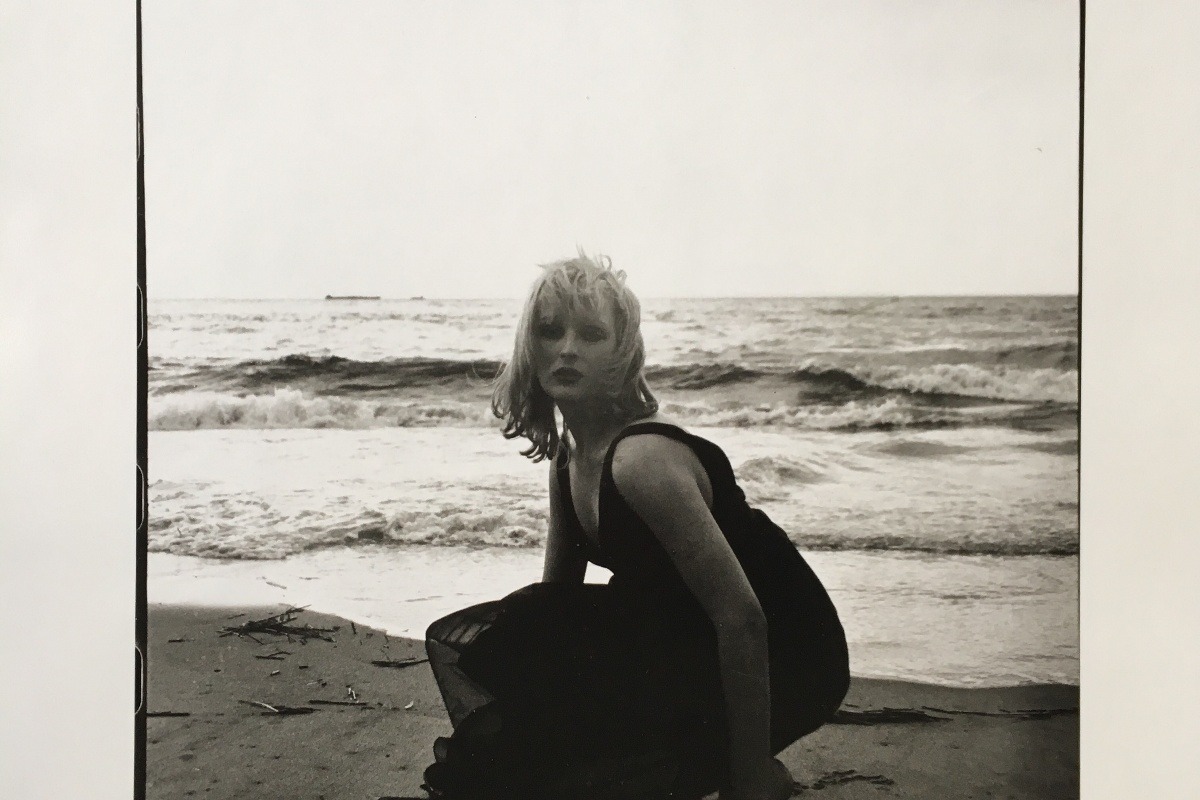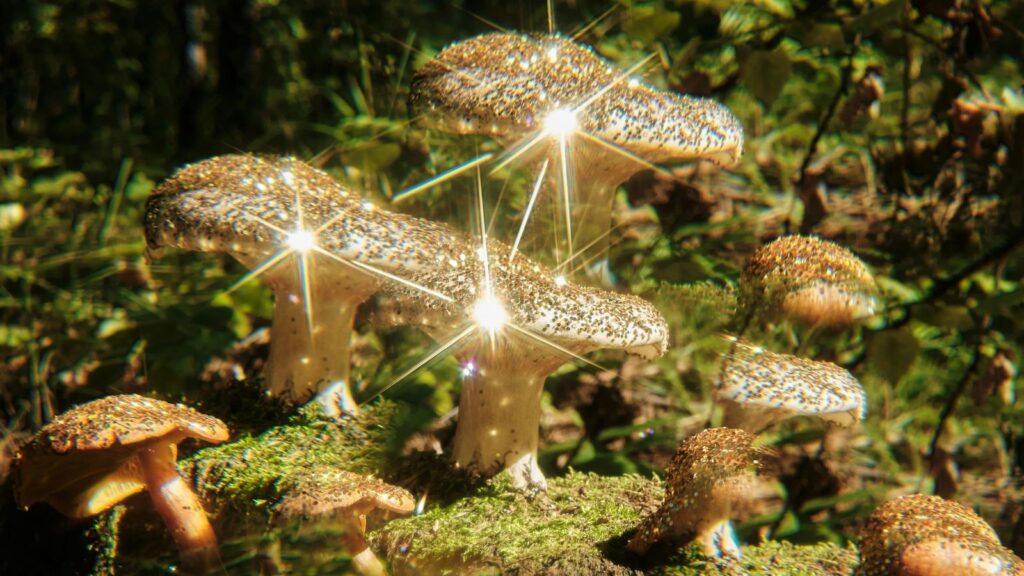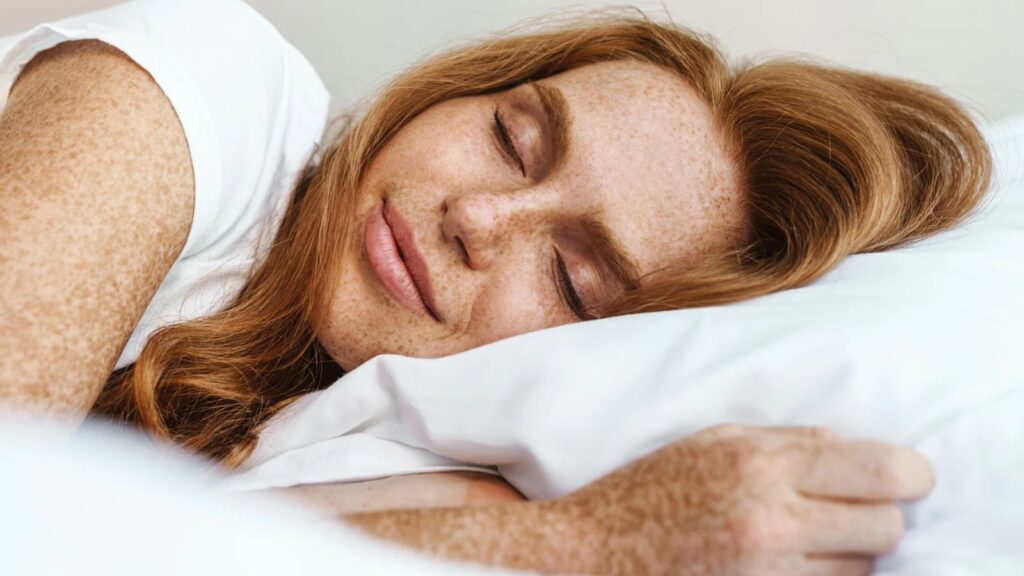When Laura Rubin started taking pictures of her Lower East Side neighborhood, and later of the people she was hanging out with – drag queens and film makers, Holly Woodlawn, Candy Darling and the Warhol circle – she didn’t think her work would one day be in museums. Queer wasn’t cool in those days, not even in New York City, and documenting queer culture was revolutionary art. But that’s not why she did it.
Despite art gallery and museum shows and important magazine features, Laura never got the attention her work deserved. Perhaps it because she wasn’t into the self promotional social scene, which existed before Facebook arrived to enshrine it. But Laura was doing fine until the world economy crashed. Now, she faces the unforgiving terrain of American and Mexican politics.
Laura moved to Mexico in the early 2000s to care for her parents. She is isolated, without money or insurance, no relatives to turn to, too sick to travel, and has no one to come back to in the United States. She is suffering with acute Lupus and other serious health problems requiring medical attention.
She needs help. There aren’t many of the Warhol circle left. Here’s a way to show appreciation by helping their friend and photographer.
Go Fund Me: https://www.gofundme.com/
or by contacting mspennyarcade@gmail.com
Laura’s vintage prints & negatives are now in the Andy Warhol Museum’s permanent collection. The other existing set was given to Penny Arcade. These are one of kind vintage prints signed by artist, printed on silver fiber semi gloss paper dried matte, blk/wht 11×14 inches. These rare prints are gifts for donors. In addition penny is producing high resolution limited edition scans, also gifts to donors.
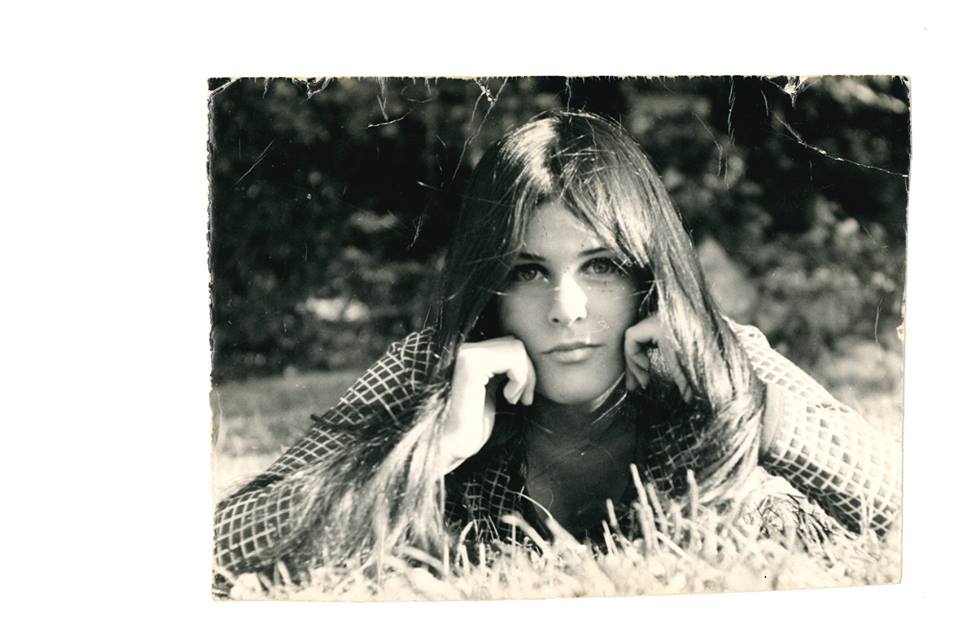
Tamra Lucid: What first drew you to photography? What’s your favorite camera?
Laura Rubin: I would tear out the beautiful photos of fashion magazines like Vogue, and tape them to my wall. Later, I studied advertising at the School of Visual Arts in NYC, where a photo class was required. I have used the same camera for 50 years. It’s a simple student camera, Pentax.
How did you become the photographer for the Warhol circle?
While I was in high school in 1965, I came across “Show Magazine” (Huntington Hartford’s publication). There was a photo spread of Andy Warhol, his socialite superstars, and an article about the films, silent films like “Kiss” “Empire State” and “Haircut.” This was a group I wanted to meet. About 2 weeks later, I saw Andy in Figaro’s Cafe in the Village, sitting with some very beautiful people. After that day he seemed to be at every party and event. My old friends from Brooklyn (like Ronnie Catrone) were part of the Factory. Somehow it was “meant to be”.
https://www.youtube.com/watch?v=P1spcaN14T4
Laura’s New York (w/Miles Davis), a short film by Laura Rubin featuring her black and white photos of NYC.
What was New York City like then?
New York in the 60’s was amazing. Everyone looked fabulous. Slim, well put together, regardless of their variable tastes. It was safe to ride subways at 3am-5am in a micro skirt, alone. There were police patrolling. They would walk through and check for trouble. JFK was shot 2 years before. That, in my opinion, was the beginning of America’s decline in many ways.
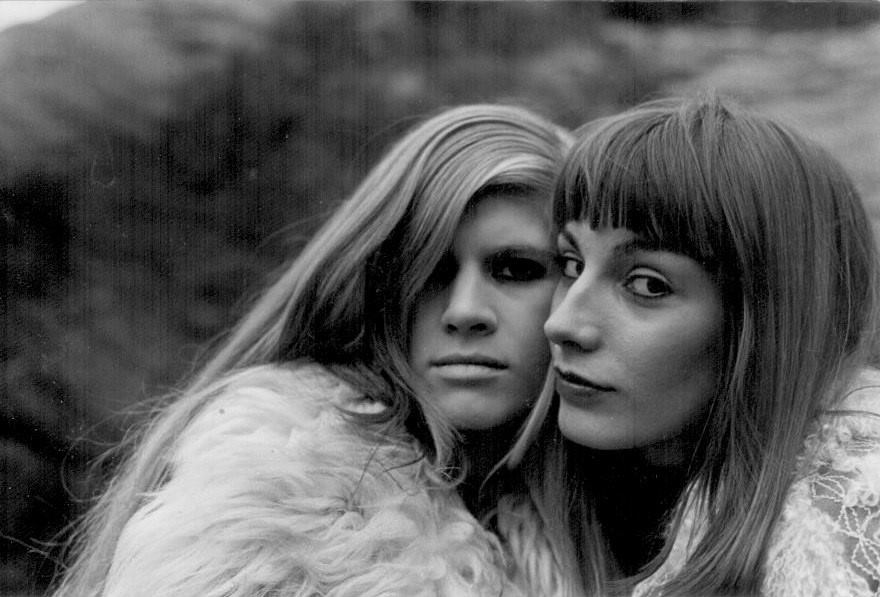
How revolutionary was it then to photograph gay and trans people?
Those days there were drag queens. Trans was very rare, except for Candy Darling. It was illegal for a man to dress in women’s clothes. I did not set out to photograph drag – it just happened. They were creative, wonderful people, and I enjoyed them. As for the publishing world, no one would touch my work. There were supposed to be 10 page editorial fashion spreads (not all drag, mostly images like Penny Arcade), and a book with an amazing text written by Jeremiah Newton. The projects were canceled – editors loved it, publishers did not.
Even in the 1990’s, no publisher would work with me. Only 1960’s zines like Gay Power acknowledged my work. (thank John Hayes 1969). I was underground until 1971, when the art director of “After Dark” magazine (Neil Applebaum) published 4 pages, and a short write up. No drag queens, but a photo of Penny, one of our friend Paul de Dancer, and two other women. This was a very gay-ish magazine – they had nudes of the Warhol star Gerard Malanga. Yet, he had to convince his boss. There was something about my style which people found disconcerting. There is something about me which is “off” center. Mr. Applebaum discovered Bruce Weber at the same time he featured me.
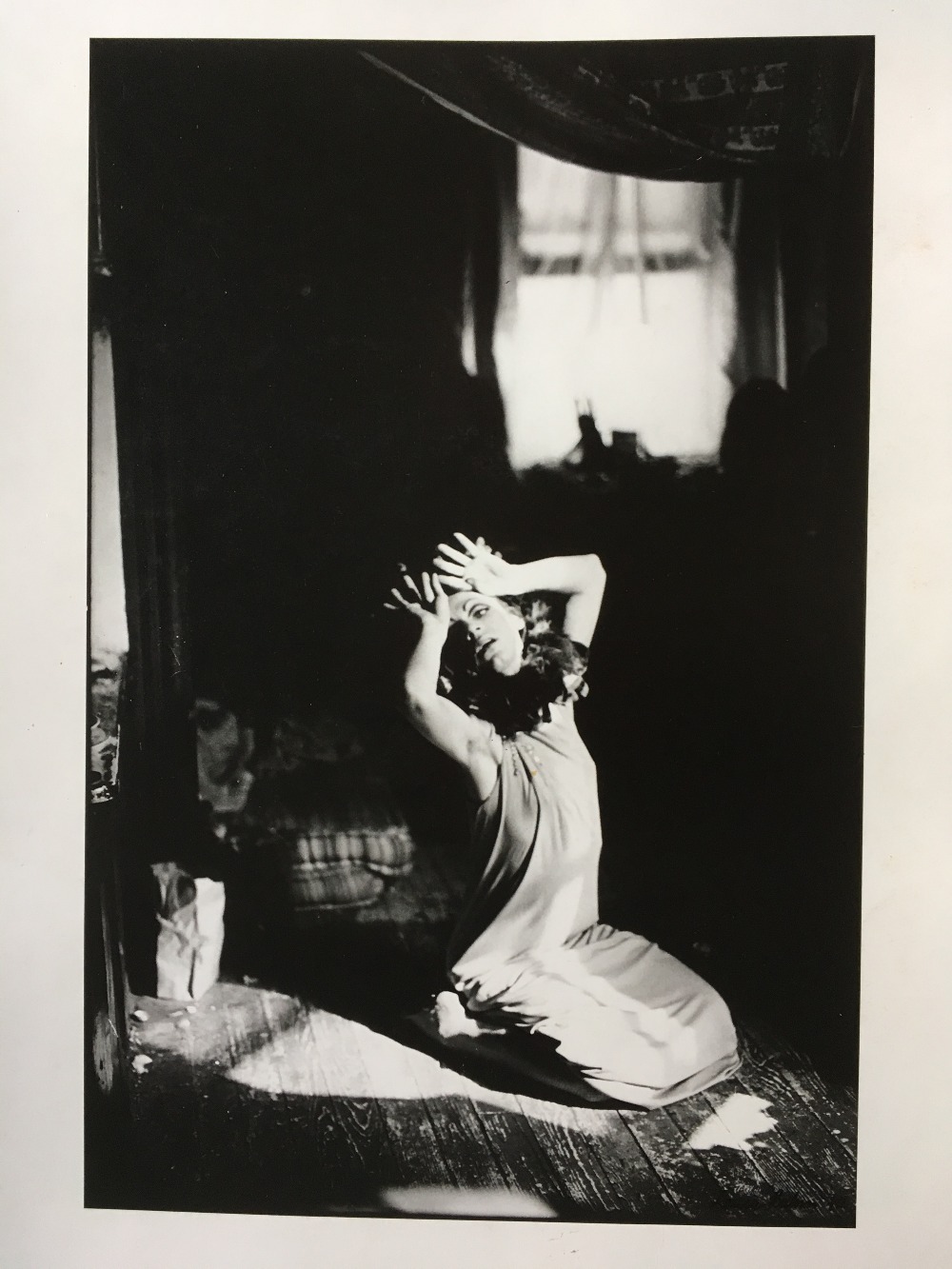
Did you have the feeling that you were photographing historic people and events?
“Historic” events? Who knew? I certainly didn’t. Andy was famous, but not a household name.
Please tell us a favorite Holly Woodlawn story you have.
Holly was arrested in the 70’s for impersonating an ambassador’s wife. In my opinion this was great performance art – except it was illegal.
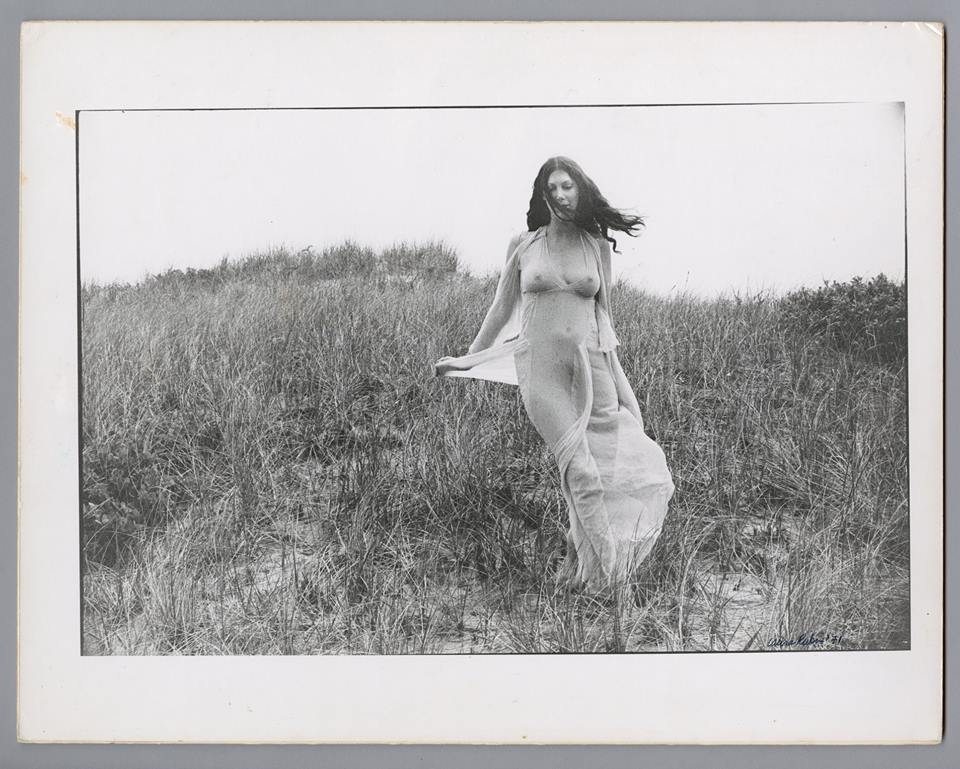
You’ve been living in Mexico for fifteen years?
Living in Mexico is irrelevant, as we have the internet, YouTube, and world wide access. I’m more aware of US and world events than before because of the web. I have experienced things that are unmentionable. I am in a small town with violence. Lets call it 3rd world meets 2nd world. Kind of like the middle east but up close and personal. It can be quiet at times, but when it erupts…never mind. The US media will not tell you. This kind of reporting ceased about 10 years ago. Industrialization killed Mexico and Central America, destroying most of the farms, replaced with Walmarts, industry, 8 lane highways. They lose their land, homes, and health. The Mexican financial institutions merged w with U.S. banks – my savings disappeared. Globalism has not worked well for me or the poorer Mexicans. The grapes are imported from California – the bag is mildewed. The modern world lacks logic.
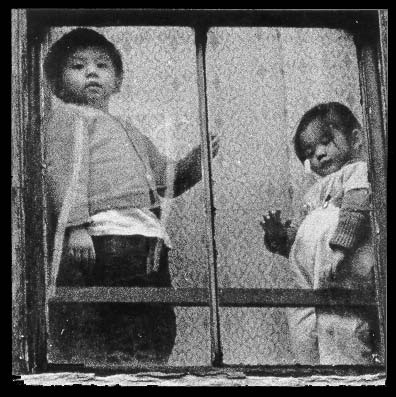
What advice do you have for young photographers and artists?
Connections are very important. Go out. I stayed in thinking that being reviewed, and exhibited would bring more success. Hanging out in mid-late 70’s would have changed things drastically. After all, I was doing editorial fashion spread for “Soho Weeky News.” Don’t randomly contact galleries or museums. An exception: small museums are easier, or if you get an instinct. Museums like to chase YOU. They can be very disrespectful – they play power games. Act like a creative entrepreneur. Don’t act like you crave validation. In my day we had to bring a portfolio and be humiliated face to face. Now you use the internet as an intro. This also applies to commercial work. Most of these people can;t say “this is not what we are looking for.” They play games. Don’t do any little Mickey Mouse show unless you will have fun and meet new people. I never paid for framing. Once I bought glass to exhibit the photos in Boston, but only once. Museums and galleries are a business. In most cases, do not give them your work. Let them buy it. I have donated to the Warhol Museum and the NY Jewish Historical Society. Special cases.
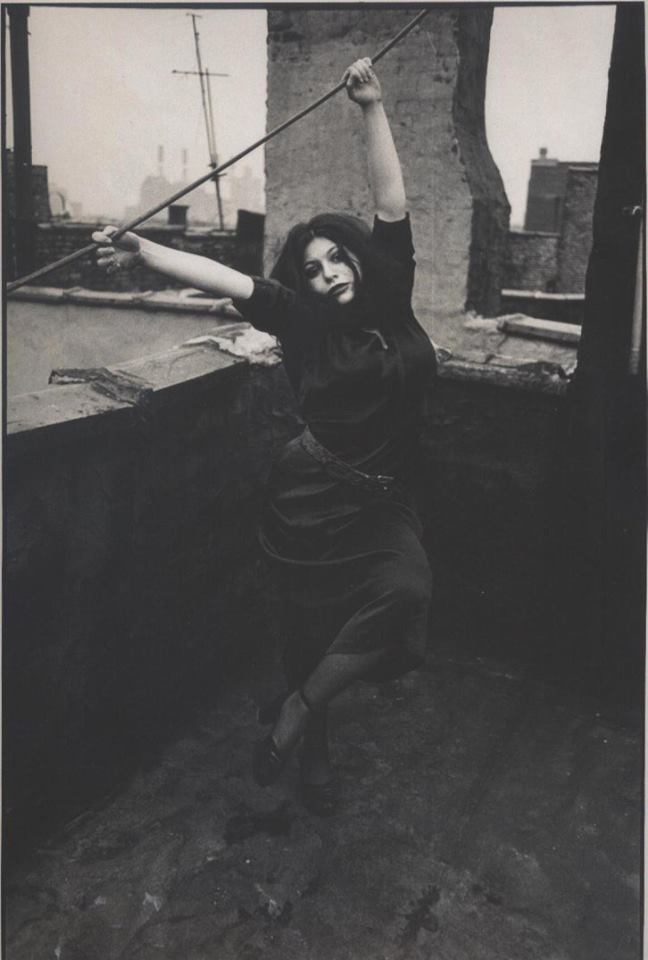
All photos by Laura Rubin unless otherwise indicated. Top photo of Candy Darling.
